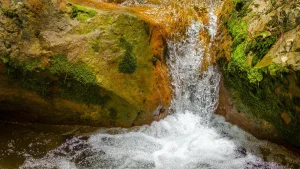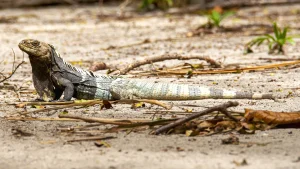Sandy Bay National Marine Park – West End
In the extreme west of Roatan it includes the reefs from Mud Hole, in the north band to Cohoon Ridge; In the southern band, the basins of the Difficulty Hill (118 meters high) and the Alps Hill (200 meters), are included within the refuge to protect several indigenous mounds in the area.
- Date of creation: In April 1989, the Bay Marine Reserve was officially declared
- Organism of care of said area: BICA – Bay Islands Conservation Association
- Forest type: mangrove forests.
- Location: Bay Islands
- Land area : 50-acre area
The original reserve encompassed an area of about 6 kilometers between Lawson’s Rock and Gibson’s Inlet. In 1992, the Bay Islands Conservation Association (BICA) was delegated to oversee the administration and sustainable management of the reserve.
In September 1993, the West End and West Bay communities agreed to extend the Gibson Cove Reserve all the way around to the western tip of the island, an area known as Key Hole on the south side. It currently encompasses 13 kilometers of coastal coral reef seams at a depth of 60 meters.
Ecosystems: Mangrove forests play a key role in coastal ecosystems as they are the habitat for a wide variety of organisms. The inhabitants of the mangrove forest include crustaceans, mollusks, birds, fish, reptiles, both young and adult, migratory and resident species.
Flora and Fauna
Vegetation: Mangoes, papaya, guava, roses, orchids, coconut trees, pines, seaweed, corozas, etc.
Mammals: Agoutíes (The agoutíes or agoutíes or normally called “guatusa” of Roatán are a species of rodents that only exist in the island Roatán), horses, monkeys, etc.
Marine species: needles, sea urchins, multi-species starfish, multi-species crabs, dolphins, groupers, octopuses, fluorescent sea worms (similar to fireflies), sharks, various species of marlin, flying fish etc.
Birds: Herons, seagulls, pelicans, woodpeckers, hawks, eagles, hummingbirds, yellow-naped parrot, macaws, etc.
Others: Iguanas, snakes of various species, plankton, etc.




